In September 1994, in the cold of minus tens of degrees, Dr. Nguyen Trong Hien personally sewed a 4 square meter red flag with a yellow star and planted the Vietnamese national flag at the Welcome Bureau in Antarctica, next to the flags of many other countries, marking the conquest aspiration of Vietnamese intelligence.
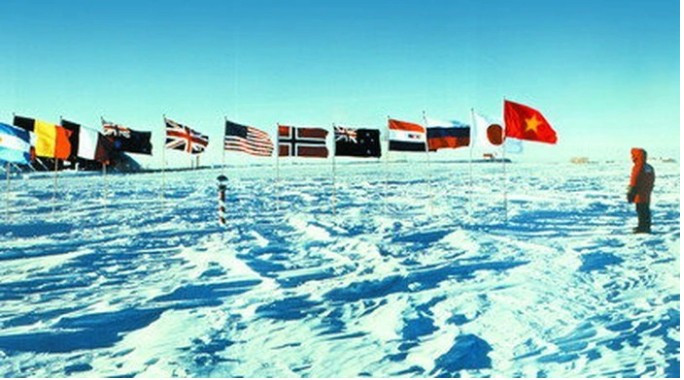
The red flag flutters among the white ice of Antarctica
Dr. Nguyen Trong Hien was born in 1963 in Da Nang. In 1981, after graduating from high school, he immigrated to the United States when he was just 18 years old. Here, he studied Physics at the University of California, Berkeley, one of the world's leading universities in basic sciences .
After graduating, he continued his academic career at Princeton University, where he received a doctorate in cosmic background radiation. During his doctoral thesis, Nguyen Trong Hien had the opportunity to go to the South Pole to study cosmic background radiation. He became the first Vietnamese scientist to set foot in the South Pole and also the first Vietnamese to receive a doctorate from Princeton University.
After completing his PhD, he continued his post-doc research in Astrophysics at the University of Chicago, focusing on measurements of cosmic radiation and dark matter.
In 1992, Dr. Nguyen Trong Hien began his research work in Antarctica. In the midst of the endless white ice, he witnessed the flags of the great powers flying and at that moment, the idea of bringing the Vietnamese flag to the ends of the Earth arose in his mind.
Two years later, in 1994, he returned to Antarctica for a second time, staying for nearly a year as chief scientist at the Amundsen-Scott Station, which employed 27 American scientists and technicians. That same year, he and his colleagues witnessed the impact of Comet Shoemaker–Levy 9 on Jupiter, a “once in a million years” astronomical event in which giant comet fragments created craters the size of Earth.
In September 1994, in the cold of minus tens of degrees, Dr. Nguyen Trong Hien personally sewed a 4 m² red flag with a yellow star and planted the Vietnamese national flag at the Welcome Bureau in Antarctica, next to the flags of the US, Russia, UK, France, Germany, Japan, Australia, New Zealand, Chile, Argentina and South Africa. That image has become a symbol of the Vietnamese spirit in the polar region, where there is only white snow and the human desire to explore .
The journey of overcoming difficulties to reach the scientific sky
Starting as a student in Da Nang, Dr. Nguyen Trong Hien was drawn to physics because of his curiosity about the world : why the Earth revolves around the Sun, why there are unexplained cosmic phenomena. When he started studying in the US, he spent the first years “not learning much because his English was weak”, there was a time he “hid behind the library door to cry” when he felt his confidence and ability seemed to collapse.
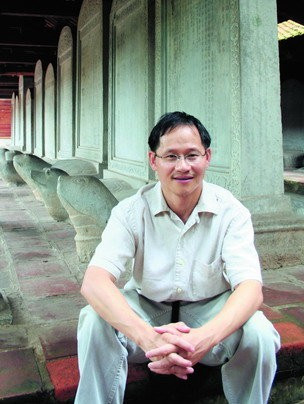
After overcoming that period of uncertainty, he graduated from Berkeley University, then defended his doctoral thesis at Princeton with a major in cosmic background radiation, a field that requires high technology and deep logic.
He then joined the National Aeronautics and Space Administration (NASA), serving as a senior research scientist in the Astrophysics Division at the Jet Propulsion Laboratory (JPL), which brings together some of the world's leading minds in the field of space and astronomy.
Dr. Nguyen Trong Hien shared that if he could choose again, he would still choose the path of physics, a science that he calls “the more you learn, the more interesting it becomes.” For him, physics is not only in the laboratory or in complex research projects, but exists in every moment of life.
For example, if a fire breaks out on a hill, and someone sitting on this side of the hill only sees the fire spreading quickly, then the physicist can know which direction the fire will spread and at what speed.
Or the images of "martial artists flying to the roof" often seen in movies, with their knowledge, physicists will know that is impossible.
Heart always towards Vietnam
Although living and working in the US for more than 40 years, Dr. Nguyen Trong Hien always looks towards Vietnam. In 2022, Dr. Nguyen Trong Hien announced the launch of the SAGI Astrophysics group at ICISE, sponsored by the Simons Foundation, USA.
In an interview, Dr. Nguyen Trong Hien said that the biggest goal of the Simons Astronomy Group at ICISE (SAGI) is to promote and support domestic astronomical research projects through connecting and cooperating with international scientists. According to him, this is not only a bridge of knowledge, but also an opportunity to train a generation of young Vietnamese researchers, helping them catch up with the development trends of the world's astronomy industry.
He hopes that, in the long term, SAGI will become a meeting place for the Vietnamese scientific community, where young people with a passion for astronomy can meet, work and exchange with Vietnamese scientists abroad, together creating a sustainable and regional research network.
Not only inspiring, Dr. Hien also directly supports connecting documents, guiding research, and calling for international exchange programs. “Vietnamese people have a great passion for astronomy and research talent. We want to do something, find a way for us to take advantage of the opportunities and support of international friends as well as the research ability and the spirit of learning of Vietnamese people,” he shared.
According to Dr. Nguyen Trong Hien, Vietnam is fully capable of developing space technology, although its current resources cannot be compared with those of advanced countries. The core issue lies in the operating and organizational mechanisms. He believes that it is necessary to pilot flexible management models so that managers can proactively attract talent, while creating conditions for domestic experts to implement technical projects, scientific experiments and expand cooperation with international space research centers.
If the institutional and operational mechanism problems are solved, Vietnam can go further in the field of space science.
Source: https://khoahocdoisong.vn/chuyen-chua-ke-ve-nha-khoa-hoc-viet-dau-tien-cam-co-to-quoc-giua-nam-cuc-post2149064094.html


![[Photo] Prime Minister Pham Minh Chinh chaired a meeting to evaluate the operation of the two-level local government model.](https://vphoto.vietnam.vn/thumb/1200x675/vietnam/resource/IMAGE/2025/10/29/1761751710674_dsc-7999-jpg.webp)
![[Photo] Prime Minister Pham Minh Chinh chaired a meeting to discuss solutions to overcome the consequences of floods in the central provinces.](https://vphoto.vietnam.vn/thumb/1200x675/vietnam/resource/IMAGE/2025/10/29/1761716305524_dsc-7735-jpg.webp)

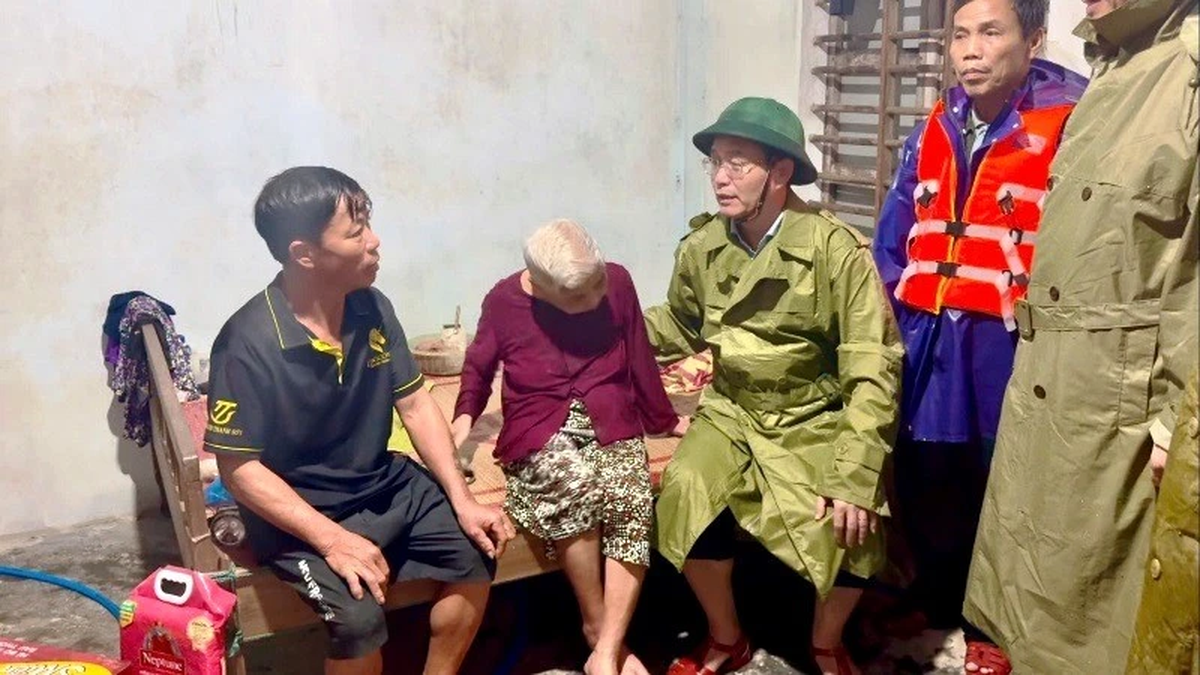
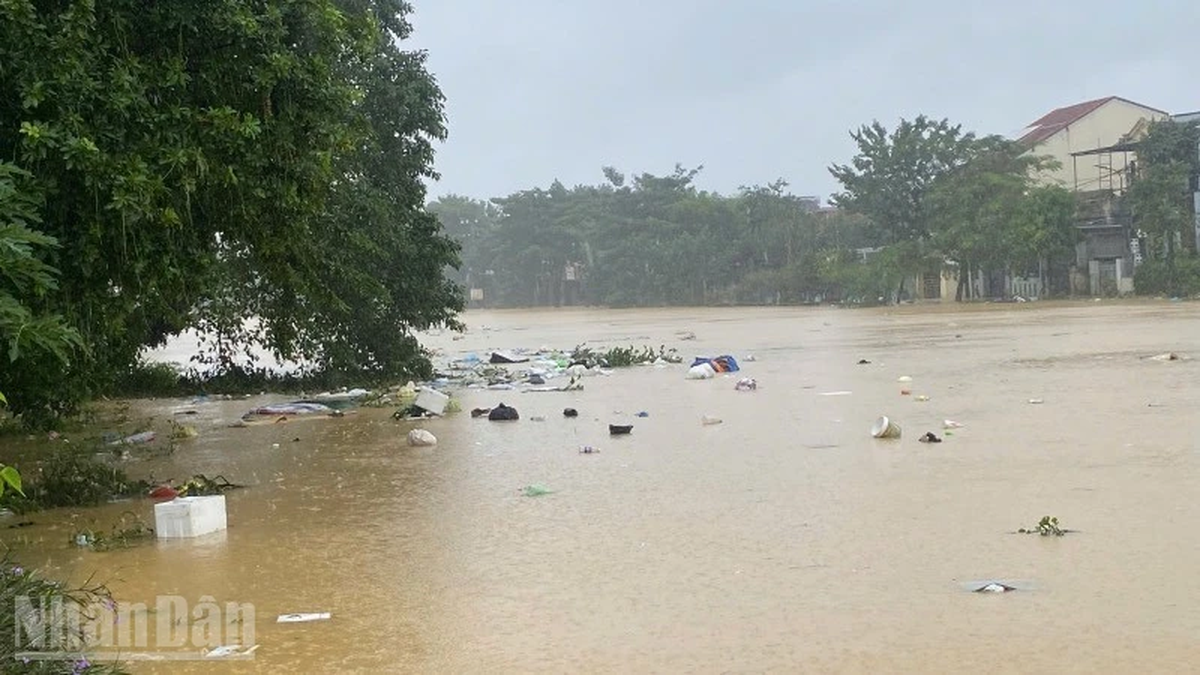
![[Photo] Hue: Inside the kitchen that donates thousands of meals a day to people in flooded areas](https://vphoto.vietnam.vn/thumb/1200x675/vietnam/resource/IMAGE/2025/10/29/1761738508516_bepcomhue-jpg.webp)
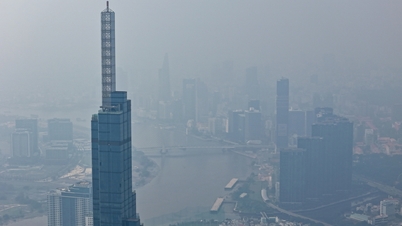

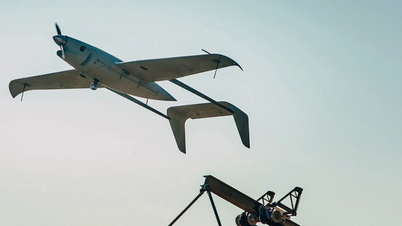


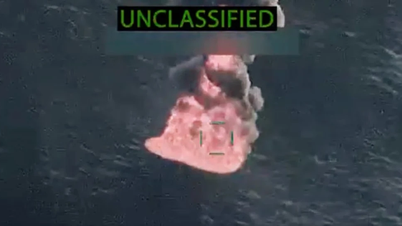
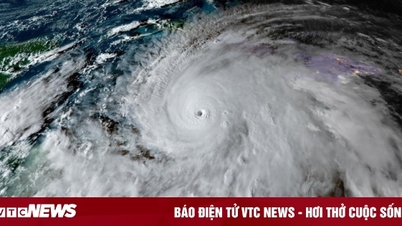







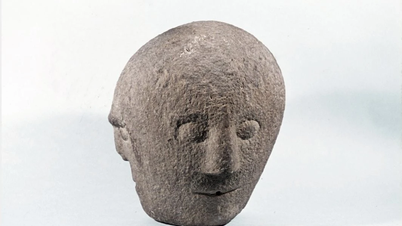
![[INFOGRAPHIC] TP-Link UA430D, Compact card reader, luxurious aluminum case](https://vphoto.vietnam.vn/thumb/402x226/vietnam/resource/IMAGE/2025/10/29/1761705501354_thumb-dau-doc-the-jpg.webp)
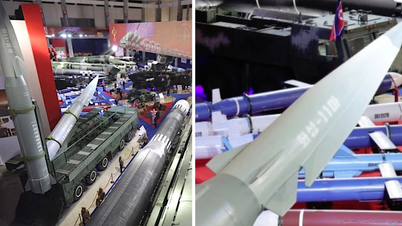
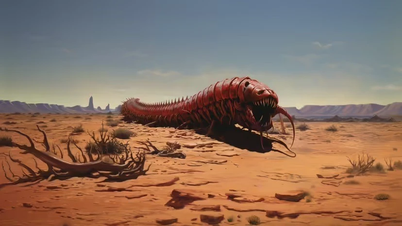





































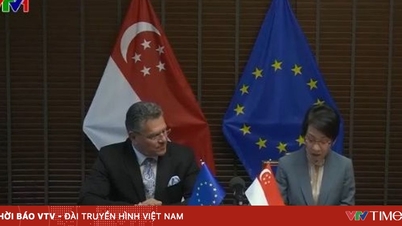
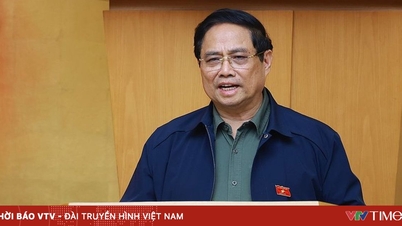
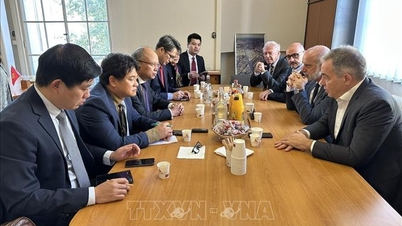

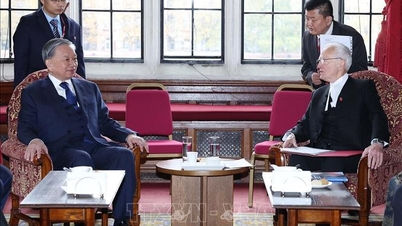
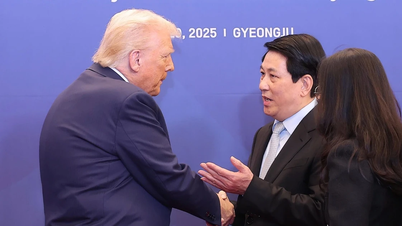



![[Live] Concert Ha Long 2025: "Heritage Spirit - Brightening the Future"](https://vphoto.vietnam.vn/thumb/402x226/vietnam/resource/IMAGE/2025/10/29/1761743605124_g-anh-sang-am-thanh-hoanh-trang-cua-chuong-trinh-mang-den-trai-nghiem-dang-nho-cho-du-khach-22450328-17617424836781829598445-93-0-733-1024-crop-1761742492749383512980.jpeg)
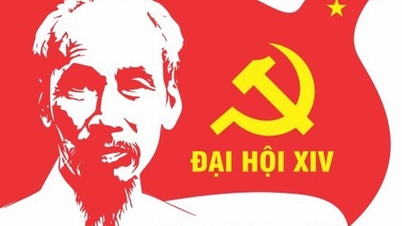
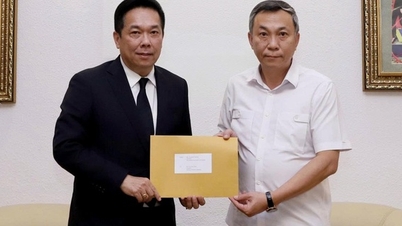




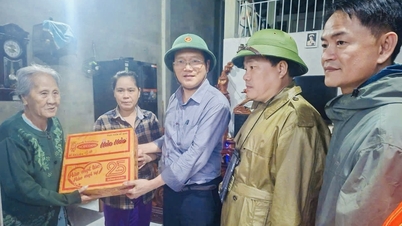

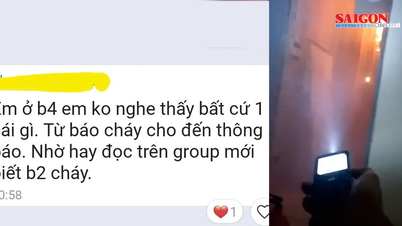

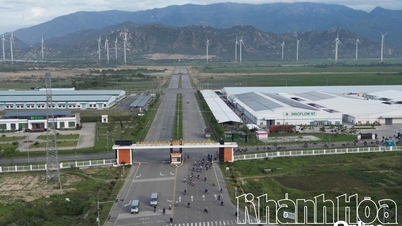

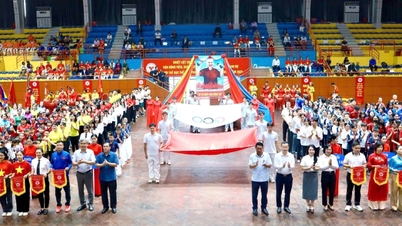
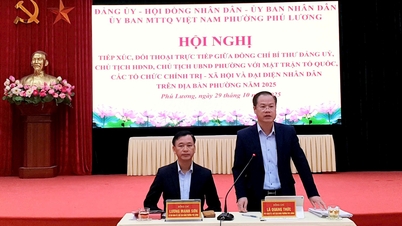












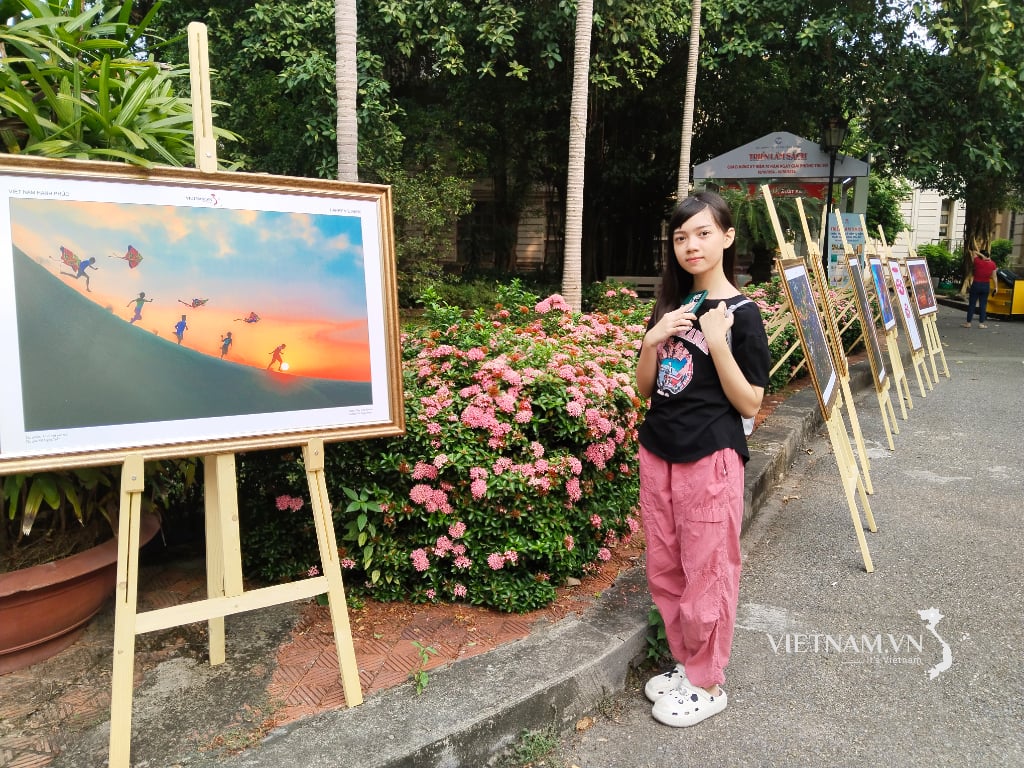


Comment (0)